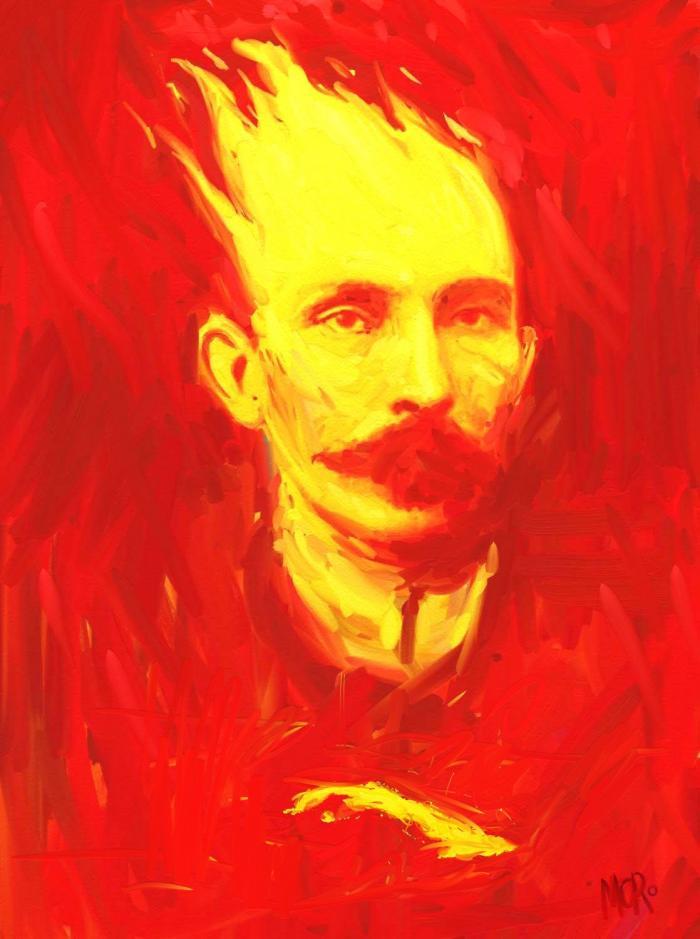
Most of the torches that will descend tonight, lit, the steps of the University of Havana, and those that will cross other streets in the country, were built by children and their fathers and mothers. These torches are a metaphor for much of what we are as a nation.
There they wait to be lit: there are long, small, delicate, consistent, reinforced, some with a lot of brightness and even colored papers around the handle, those that appeared with a plastic handle, those made of iron cans, those made of aluminum, those that were hooked with one or two laces and a wire, those with just a screw, those that at the first shake have already lost their "head", those made of a stick from the most common and old bush of the nearest park.
The ones that were made in a hurry, the ones that had been waiting for days in a corner to be delivered, the ones that turned out better than we had thought, because a torch, truth be told, is not made or erected every night.
Right now there are more than 20,000 torches in an open corner of the University of Havana, and many more in other places, and none of them look alike. Paradoxically, tonight, they will all be almost the same.
Eduardo Galeano, in one of his most remembered and repeated mini-stories, spoke of humanity as a sea of little fires. The nights of January 27, in Havana and in many parts of Cuba, could be confused with that, but it would not be accurate. It would be better to speak of a river, of a torrent that flows unpredictably in our winters, with possible meanings that no one would dare to enclose.
It is not the same to speak of fires as of torches. The former almost always persist before, during and after the flame. There will be torches that will be lit before their time and extinguished more quickly, torches that will then remain halfway, relegated to the content, torches that will insist on being lit again, torches that will come closer to offer their fire and kiss each other, one with the other, until both are lit equally.
There will be people who will come down without a torch, because the liturgy of this pilgrimage involves more than - literally - fire.
The march of the torches, the march of the twenty thousand and one different torches, is for many things at the same time: to dialogue with curious onlookers, to demonstrate the incalculable and revolutionary power of beauty, to see each other again, to sing, to think about how that song and that fire are transformed the next day into more welfare, more rights, more equality, more justice, more creation, less loneliness, less sadness, more strength, more courage, more head, more clean, open and sincere chest, less garbage, literally and metaphorically speaking, more struggle, more José Martí and more Homeland.
The march is to look back and you shiver at the image of the fire that comes, that is, of the multiplicity of people and torches that hold it from the dark; or maybe just to go by and find abandoned, still smoking, a torch carved by a child, pick it up from the container and try, like crazy, to light it again, in an exercise quite similar to the mundane, precious, powerful and saving act of a kiss.















